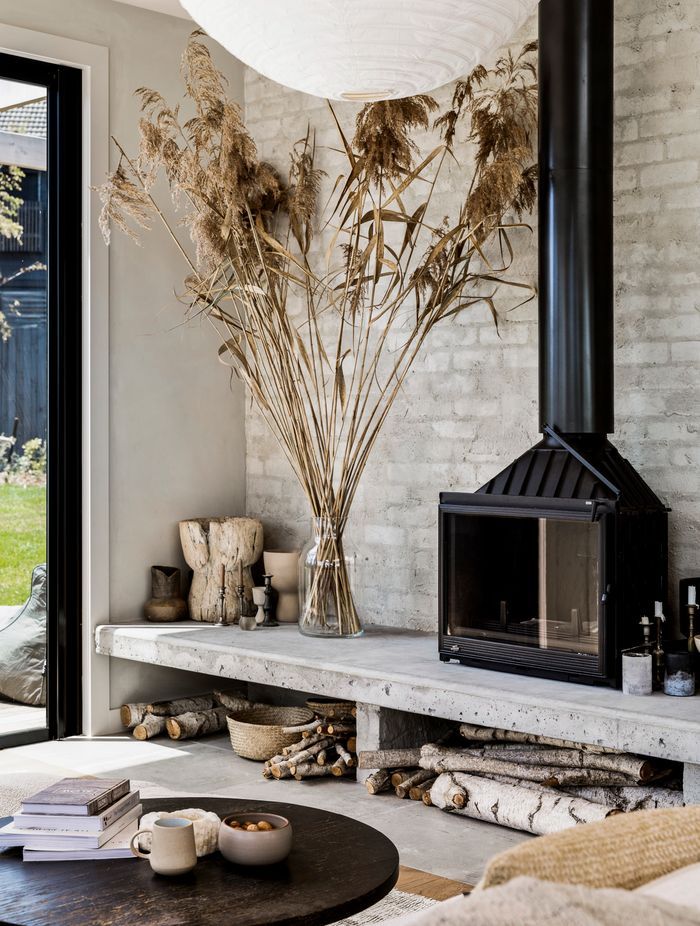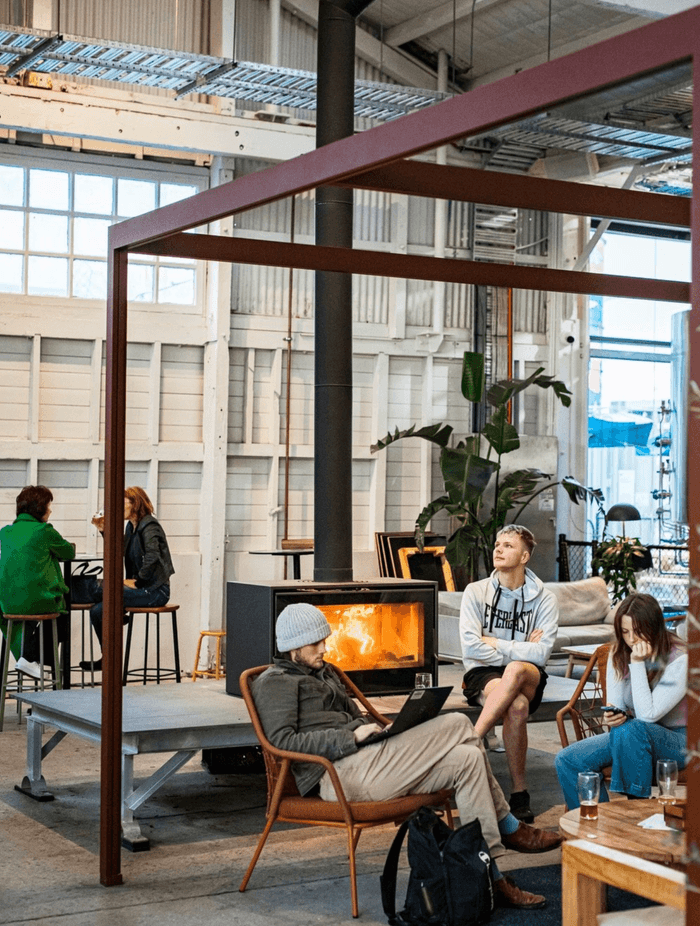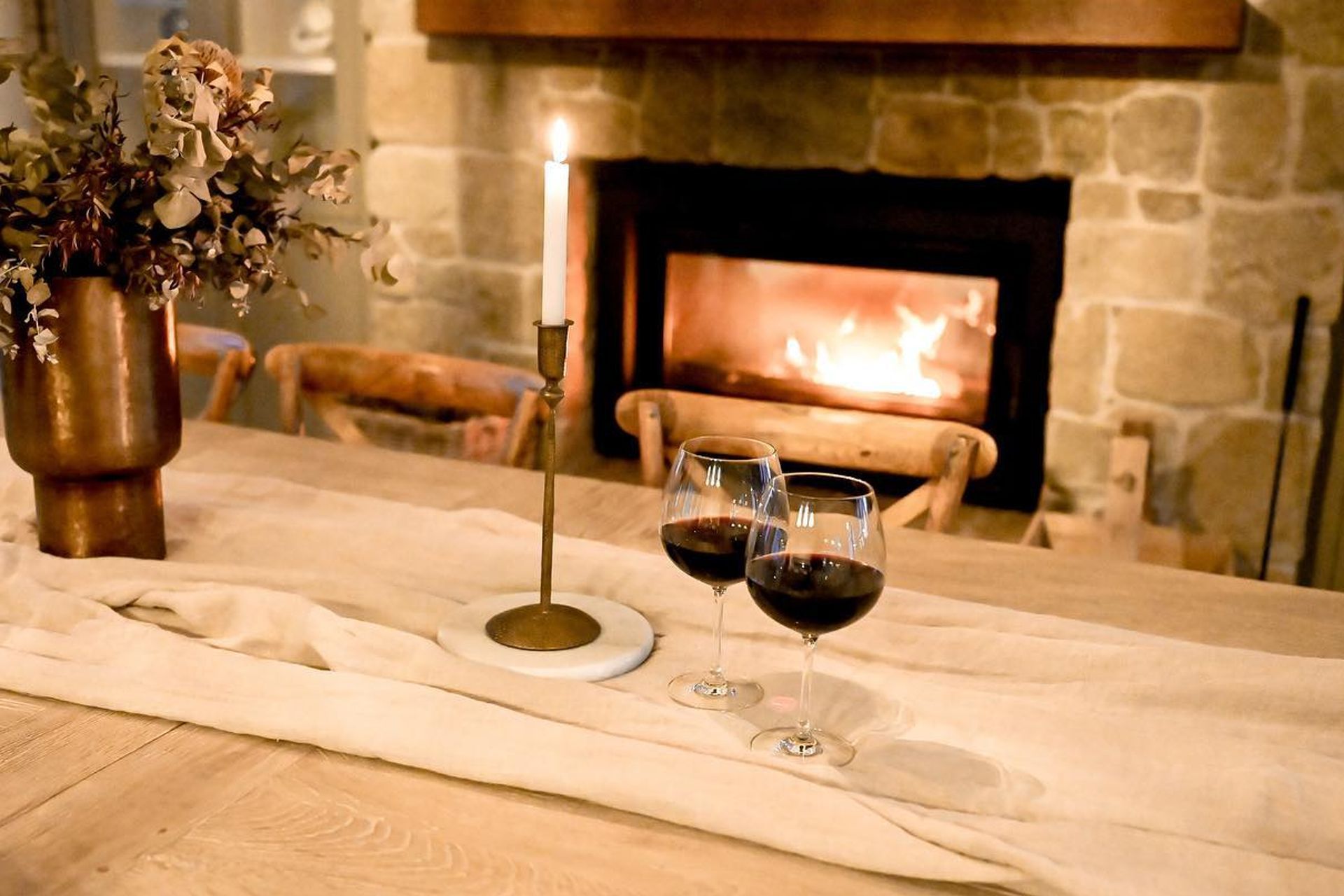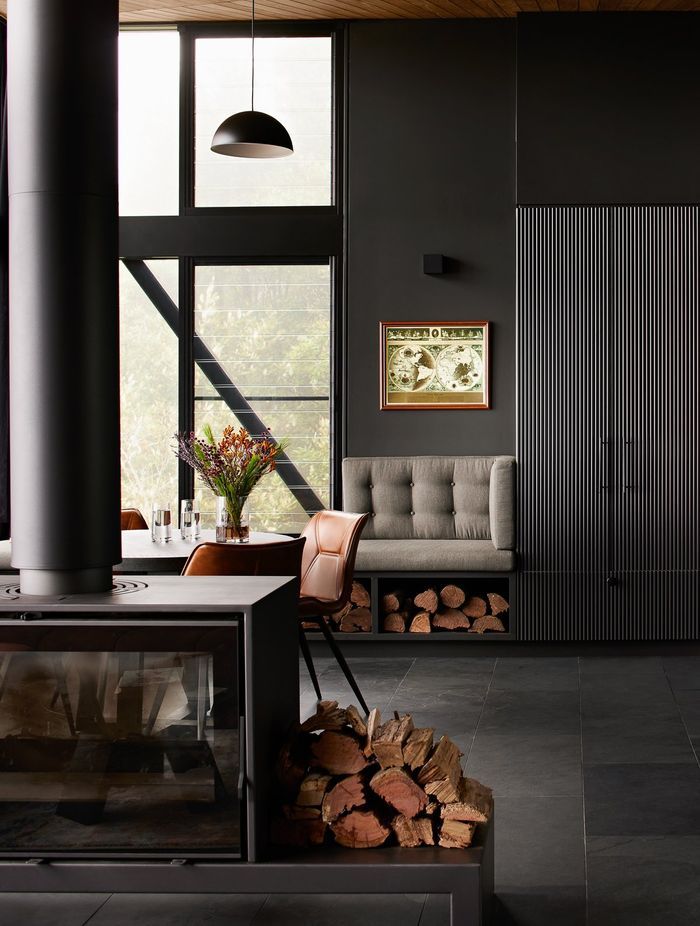Mastering the Art of a Wood Fireplace

Avoid Overfiring
Overfiring occurs when the fire in the fireplace reaches excessively high temperatures, surpassing the manufacturer’s recommended limits. Overfiring can lead to several issues, including damage to the fireplace components and increased risk of chimney fires. Here’s how to prevent overfiring:
1. Use Properly Seasoned Wood:
Burn only well-seasoned hardwoods, as they burn cleaner and produce less creosote buildup. Avoid burning green or wet wood, which can lead to low-temperature fires and incomplete combustion.
2. Follow Manufacturer’s Guidelines:
Refer to your fireplace manufacturer’s guidelines for recommended burn times, temperature limits, and air control settings. Following these specifications ensures that you operate the fireplace within its intended range, preventing overfiring.
3. Use a Thermometer:
Install a magnetic thermometer on the flue pipe or stovepipe of your wood fireplace. This allows you to monitor the temperature and make adjustments to prevent overfiring. Keep the temperature within the recommended range provided by the manufacturer. You can reduce the risk of overfilling by ensuring not to put too much wood into the fireplace, this will ensure there is adequate airflow within the appliance; in turn making it easier to clean!
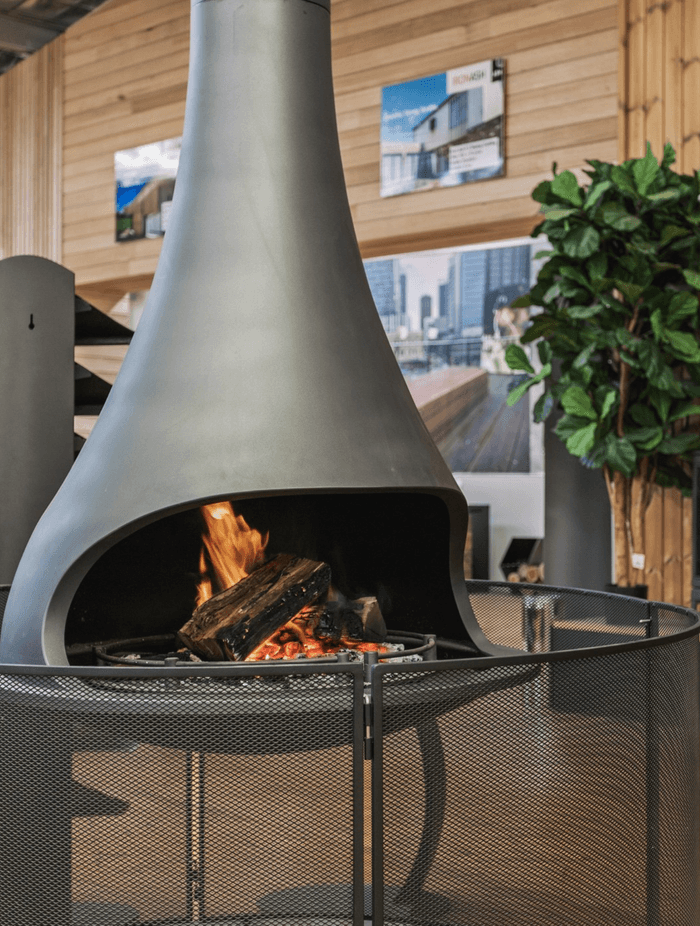
Avoid Overfilling
Overfilling the firebox with an excessive amount of wood can lead to several issues, including poor airflow, incomplete combustion, and increased risk of sparks and embers escaping. Follow these tips to avoid overfilling:
1. Follow the One-Third Rule:
Fill the firebox to only about one-third of its capacity. This ensures proper airflow around the wood, allowing for efficient combustion and heat production. Avoid stacking wood too high or pushing it against the glass doors.
2. Use Properly Sized Logs:
Choose logs that are of the right size for your fireplace. Opt for split logs that are approximately 3-6 inches in diameter and 16-18 inches in length. Using properly sized logs helps maintain proper airflow and prevents overloading the firebox.
3. Use a Fireplace Grate:
Using the cast iron fireplace grate inside the firebox elevates the wood off the floor, allowing for better airflow and combustion. The grate also facilitates ash management and makes cleaning easier. Make sure not to load wood onto any firebrick surface!
Mastering the art of using a wood fireplace involves understanding the importance of avoiding overfiring, overfilling, and maintaining proper cleaning practices. By following these guidelines, you can enjoy the warmth and beauty of your Sculpt Fireplace Collection wood fireplace; while ensuring safety, efficiency, and a longer lifespan for this cherished feature in your home. Remember to refer to your fireplace manufacturer’s guidelines and exercise caution at all times when operating and maintaining your wood fireplace. Stay warm, cozy, and responsible!


